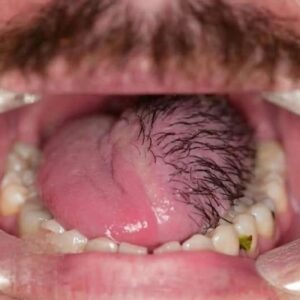
It is a shocking turnover of events that seems almost too incredible to be true – an attack on one of the most famous zoos zoos zoos and a human intruder.
What could have led a 32-year-old woman to be put in such a dangerous situation? When the world watched in disbelief, the story of Manda and her fateful decision to jump into the polar bear cover in the Berlin Zoo.
This incredible act of despair not only led to a terrible encounter with massive predators but also raised questions about extreme measures that some individuals could take when they felt hopeless.
An unusual and scary event appeared in the Berlin Zoo when a 3232-year-oldoman identified as Mandy K was attacked by a polar bear. The incident occurred on Friday during the time of feeding bears when the woman managed to break the closure, despite the obvious danger.

Mandy took a courageous and risky approach, first climbing over the fence, maneuvering over the line of hedges, and then scaling the wall to enter the polar bear. She timed her jump during the Bears ranging session, which led to serious consequences. After getting into close contact with animals, she suffered arms, legs, and back injuries.
Despite the rapid response of the six Zookaepers, they had difficulty dispersing four polar bears, and one of the bears managed to bite Mandy several times on the limbs. However, Zookeepers finally managed to scare the aggressive bear and were able to save it from closure.
After the dramatic rescue, Mandy was immediately taken to the hospital, where she underwent an injury surgery. He is currently recovering.
Later, it was revealed that Mandy was a teacher who was struggling with unemployment, which could contribute to her needs.

This worrying event is certainly one that is discussed with friends, whether through coffee or on social media, especially for those who plan to visit the zoo soon.
These are the consequences of eating …See more 
Tongue-related fungal infections, particularly those caused by an overgrowth of Candida fungus, can develop due to various underlying factors. Common causes include poor oral hygiene, recent or prolonged use of antibiotics, and weakened immune system function. These conditions disrupt the balance of natural microorganisms in the mouth, allowing Candida to thrive.
Symptoms – Red Glossy Tongue:One noticeable symptom is a smooth, red, and glossy appearance of the tongue, often accompanied by a burning sensation. This discomfort can intensify when consuming spicy or acidic foods. In some cases, this condition may also be linked to systemic issues like iron-deficiency anemia, leading to fatigue and other related
symptoms.
Symptoms – White or Yellow Coating:Another common manifestation is a thick white or yellowish coating on the tongue, often referred to as oral thrush. It may be paired with a mild burning sensation or discomfort, and sufferers frequently report bad breath or a persistent metallic taste in the mouth.
Burning and Taste Disturbance:Both forms of tongue involvement—red and coated—can result in altered taste sensations. Affected individuals may find that food tastes dull, bitter, or even metallic. This can reduce appetite and negatively impact nutrition, especially in more severe or chronic cases.
Home Remedies:To manage and prevent this fungal overgrowth, simple home remedies can be effective. Gently brushing the tongue twice a day using a soft toothbrush helps remove buildup. Additionally, rinsing the mouth with saltwater or a baking soda solution can create an environment less favorable for fungal growth.

Prevention Tips:Maintaining consistent oral hygiene, staying hydrated, and avoiding excessive sugar or yeast-rich foods can reduce recurrence. For those using antibiotics, probiotics may help restore healthy oral flora. Individuals with weakened immune systems should consult a healthcare provider for personalized care.